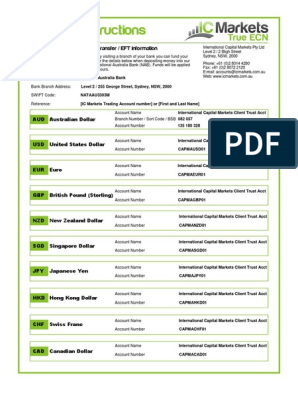0% found this document useful (0 votes)
41 views4 pagesNpo Notes
This document provides an overview of the Philippine government budget process and accounting procedures. It discusses [1] the key stages of budget preparation, legislation, and execution, [2] the different types of appropriations, [3] the government accounting cycle and books/ledgers used, and [4] basic budget and accounting transactions like receipts, obligations, and disbursements. The goal is to explain how the government estimates resources, allocates funds through the budget, and monitors spending and revenues using its accounting system.
Uploaded by
sky wayCopyright
© © All Rights Reserved
We take content rights seriously. If you suspect this is your content, claim it here.
Available Formats
Download as DOCX, PDF, TXT or read online on Scribd
0% found this document useful (0 votes)
41 views4 pagesNpo Notes
This document provides an overview of the Philippine government budget process and accounting procedures. It discusses [1] the key stages of budget preparation, legislation, and execution, [2] the different types of appropriations, [3] the government accounting cycle and books/ledgers used, and [4] basic budget and accounting transactions like receipts, obligations, and disbursements. The goal is to explain how the government estimates resources, allocates funds through the budget, and monitors spending and revenues using its accounting system.
Uploaded by
sky wayCopyright
© © All Rights Reserved
We take content rights seriously. If you suspect this is your content, claim it here.
Available Formats
Download as DOCX, PDF, TXT or read online on Scribd
/ 4























































































